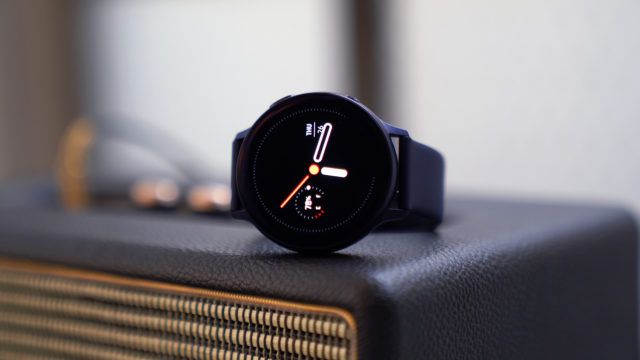Oppo ColorOS Walkthrough (Video)
Every Android manufacturer adds their own UI skin on top of Android as a way to differentiate themselves from other manufacturers also running Android. Oppo, the new Chinese manufacturer getting a decent amount of publicity lately, is no different. Their UI is called ColorOS and it’s, um, different. I figured I’d do a walkthrough of ColorOS to show anyone thinking about getting the Find 7a, for example, what they’re in for in terms of software (for hardware, the full review of the Oppo Find 7a will be coming shortly). My rundown isn’t terribly brief but I’ve broken it down into a few sections to make it a bit easier to navigate the video, should you want to skip around. Here we go.
Oppo’s ColorOS Features
Lockscreen
- Stock Lockscreen – It is essentially the stock Android lock screen with some styling changes.
- Air Unlock – You can wave your hand over the front-facing camera in order to get the screen to unlock (but it only works after you turn the screen on).
- Themes – You can further theme your lockscreen to use different unlocking schemes downloaded from their “screenlock” store.
- Voice Wake Up – You can say Hey, Snapdragon and the device will automatically launch Google Now (even with the screen off).
- Blank Screen Gestures – You can use a set of predetermined gestures (i.e. double tapping on the screen, drawing a circle on the screen, etc.) to do different actions (i.e. launch the camera, go to a website, etc.)
Launcher / Homescreen
- Dock – Standard Android dock essentially: five icons with the app drawer icon in the middle.
- Pinching – Pinching the home screen gets you to a screen to manage all of your home screens (unlike tapping and holding on KitKat).
- Photo Pane – Swiping over to the right, you’ll find a photo pane that gives you access to a camera widget that spits out “polaroids” underneath it whenever you use it to take a picture instead of the normal camera app. This pane on the home screen also changes the dock to an unchangeable dock with a camera shortcut, gallery shortcut, app drawer, and a customizable app drawer containing four apps that pops up from the bottom of the screen.
- Music Pane – Like the Photo Pane, this is a pane on the home screen that is devoted to music (indicated by the giant record widget at the top). The dock changes to a phone shortcut, music shortcut, app drawer, and a customizable app drawer containing four apps that pops up from the bottom of the screen.
- Themes – You can customize your home screen by downloading various free themes from their theme store.
- Effects – You can change how the animation that happens when switching between home screens and swiping through the app drawer (from normal swiping to a tilting effect to a “vivid” mode that tilts the widgets and icons in a pane when you swipe from it).
Status Bar
- Quick Actions – You have 15 quick actions you can get to when pulling down the notification shade (from turning on Wifi, to power saving mode, to brightness, etc.). This can be expanded from the six it initially shows you by pulling down on them to reveal the other nine.
- Customizable Status Bar – You can turn on and off the battery percentage and carrier info.
Other Notable Features
- Guest Mode – You can setup a guest password that when entered will open up guest mode and restrict contacts, photos, videos, and applications.
- Quiet Time – You can set a specific time period when you want the phone to be on silent (i.e. when your sleeping or drunk and know you won’t answer it with the correct verbiage it deserves). You can also turn it on manually from the notification shade.
- Notification Center – This allows you to customize what apps can post notifications in the status bar.
- Data Saving – You can set what apps you trust and it’ll allow them to use background data while restricting all others (saving you data costs and battery supposedly).
- Permission Monitor – Kinda cool actually. Normally in Android you have to just accept all the permissions and app wants to use right when you install it for the first time, but with iOS, for example, you can choose to allow it when the app actually asks for that permission while running. This sort of gives you some of that. You can choose what apps can use what permissions and either set that by permission or by app.
- Gestures – Similar to the Galaxy S5’s gesture features you can setup things like waving to answer a call, flipping over the phone to mute it, etc.
Anyone thinking about buying a Find 7 or Find 7a? Are you okay with ColorOS? Or are you planning to root it and load CyanogenMod?




hi, I installed cm11 on F7 . I would ask the uninstall procedure , something like that ?
Read the answer to your other comment on the how to flash cyanogen on the find 7 procedure.